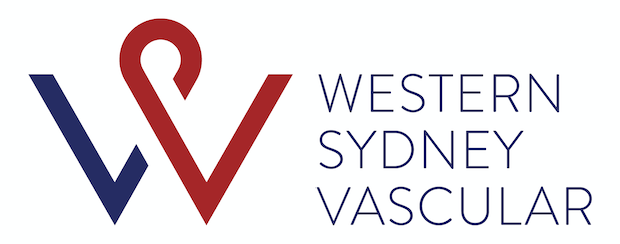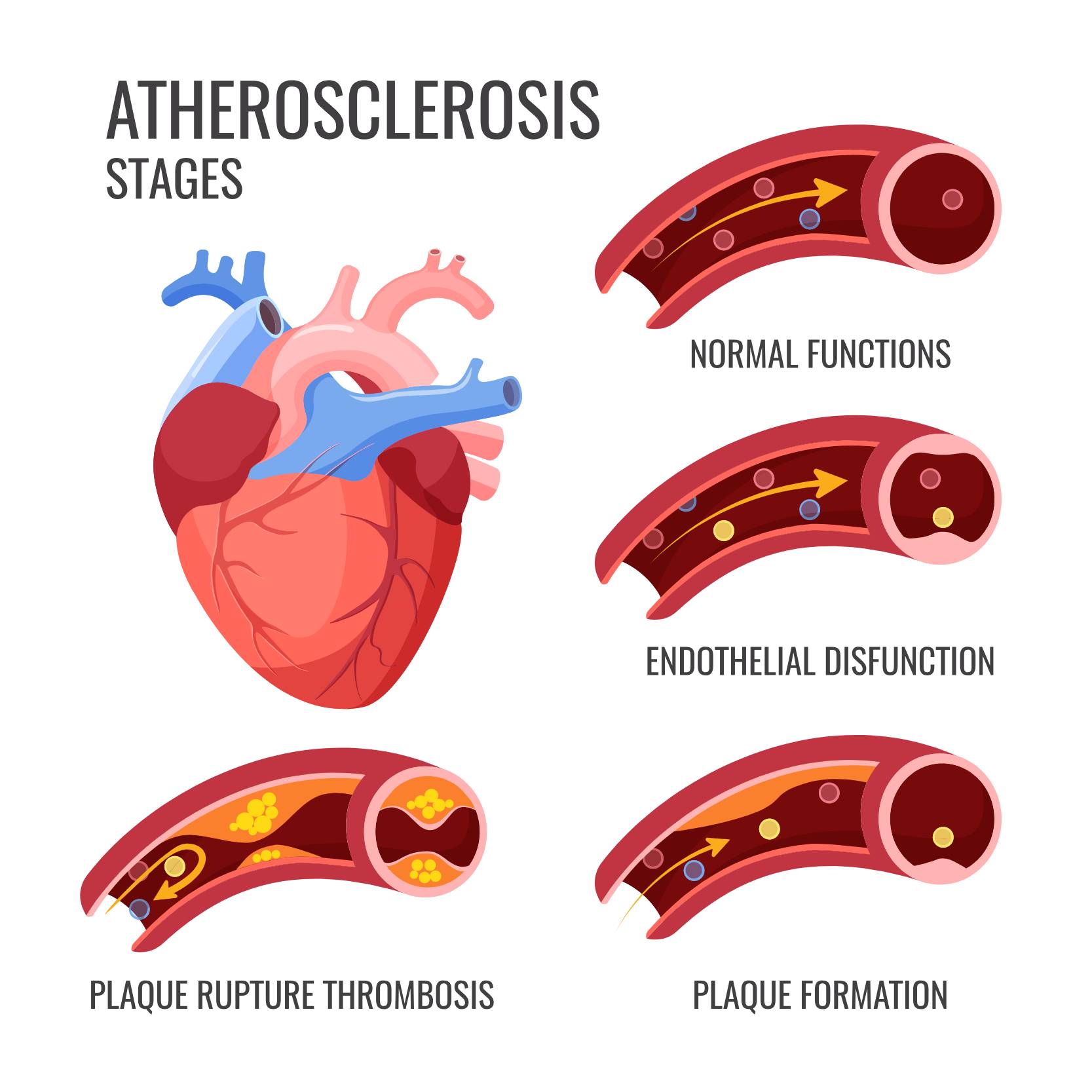Carotid Artery Disease (CAD)
What is carotid artery disease?
Carotid artery disease, also called carotid artery stenosis, occurs as a result of the build-up of cholesterol, fat and other substances travelling through the bloodstream, such as proteins, calcium, inflammatory cells and cellular waste products.
These substances stick to the blood vessel walls, causing fatty stores known as plaque that obstruct the veins that convey blood to your brain and head (carotid arteries). The plaque may rupture with the plaque contents travelling to the eye or the brain causing visual symptoms or a TIA or stroke. In certain individuals, severe stenosis may increase the risk of TIA/stroke or visual disturbances.
What are the symptoms of carotid artery disease?
Carotid artery sickness develops gradually. There may not be any symptoms of the disease. However, the primary indication that you have the condition might be a stroke or a transient ischemic assault (also known as TIA or mini stroke).
A TIA (a ministroke) is a temporary shortage of blood flow to your brain caused when a blood clot briefly blocks an artery.
Signs and symptoms of a stroke or TIA include:
- Sudden unresponsiveness weakness and/or numbness on one side of the face, or in one arm or leg, or one side of the body
- Sudden loss of vision or blurred vision in one or both eyes
- Slurred speech, difficulty talking or understanding what others are saying
- Loss of coordination
- Extreme headaches, dizziness or confusion
- Difficulty in swallowing
What are the treatments for carotid artery disease?
The objective of treating carotid artery disease is to avoid a stroke. Carotid artery disease is treated by taking prescribed medication, making lifestyle changes or having procedures as recommended by your doctor.
The life changes recommended by doctors in order to moderate the movement of cholesterol, fat and other substances travelling through the bloodstream include: stopping the use of tobacco products, losing weight, regular exercise, eating healthy food, eating foods low in saturated fats, cholesterol and sodium.
Other mainstays include reducing salt intake and excessive alcohol as well as having regular check-ups with your doctor.
Doctors recommend patients with carotid artery disease take anti-platelet medications such as aspirin or other blood-thinning prescriptions to reduce the risk of stroke and other cardiovascular disease complications.
The choices for this treatment include Carotid Endarterectomy – the most widely recognized treatment for extreme carotid artery disease.
This procedure can be performed under general anaesthesia or local anaesthesia with intravenous sedation.
It involves an incision in the neck and the removal of plaque from the artery.
Once the plaque is removed, the surgeon stitches the vessel closed and blood flow to the brain is restored.
The second option is carotid angioplasty and stenting. This procedure is performed while the patient is still awake but sedated.
Typically this would be considered if the blockage is tricky to reach with Carotid Endarterectomy or there are co-existing health conditions that make medical surgery quite risky.
Doctors will recommend regular follow-ups for a physical exam.
As your treatment progresses, diagnostic tests may be performed to monitor progress.
Your doctor will evaluate your particular situation to ensure you receive the best treatment for your situation.

